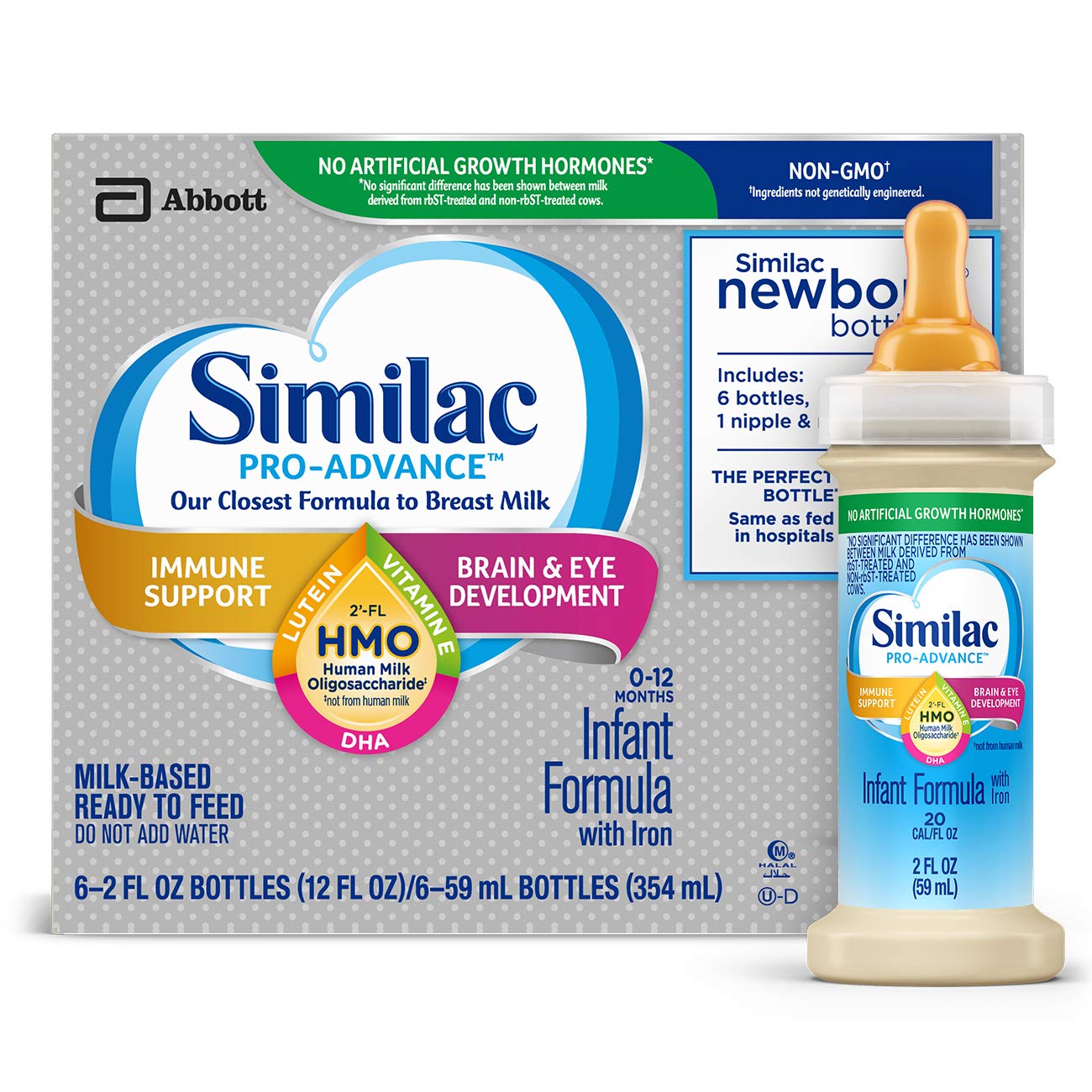

Articles
How To Store Similac Ready To Feed
Modified: December 7, 2023
Discover the best ways to store Similac Ready To Feed formula to ensure its freshness and safety. Read our informative articles on proper storage techniques.
(Many of the links in this article redirect to a specific reviewed product. Your purchase of these products through affiliate links helps to generate commission for Storables.com, at no extra cost. Learn more)
Introduction
Welcome to our guide on how to store Similac Ready To Feed. As a parent or caregiver, it’s crucial to ensure that your baby’s formula is stored properly to maintain its quality, freshness, and safety. Proper storage is essential in preserving the nutrients and preventing contamination of the formula.
Similac Ready To Feed is a convenient and time-saving option for busy parents. It is a pre-mixed formula that eliminates the need for measuring and mixing. However, once opened, it is important to handle and store the formula correctly to avoid spoilage and maintain its nutritional value.
In this article, we will discuss the importance of storing Similac Ready To Feed and provide you with guidelines on how to do it effectively. We will cover topics such as choosing the right storage containers, proper sealing techniques, storing it in the refrigerator and at room temperature, freezing, thawing, and tips for maintaining quality and safety.
By following these storage guidelines, you can ensure that your baby always receives fresh and safe Similac Ready To Feed. Let’s dive into the details!
Key Takeaways:
- Properly storing Similac Ready To Feed is essential for maintaining its freshness and nutritional value, ensuring safe and enjoyable feedings for your baby.
- Choose the right storage containers, follow proper sealing techniques, and utilize refrigeration, room temperature, or freezing methods to maintain the quality and safety of Similac Ready To Feed.
Read more: How To Store Ready To Feed Formula
Why Store Similac Ready To Feed
Storing Similac Ready To Feed properly is crucial for several reasons. Here are some key reasons why it is important to store Similac Ready To Feed:
- Preserve Nutritional Value: Proper storage helps maintain the nutritional value of the formula. Similac Ready To Feed is formulated to provide essential nutrients for your baby’s growth and development. By storing it correctly, you can ensure that these nutrients are preserved.
- Prevent Spoilage: Improper storage can lead to the formula spoiling quickly. Exposure to air, heat, or moisture can promote bacterial growth and cause the formula to spoil. Storing Similac Ready To Feed in the right conditions helps prevent spoilage and ensures its safety for your baby.
- Maintain Freshness: Storing Similac Ready To Feed correctly helps maintain its freshness. This is important as freshness contributes to the taste and smell of the formula, making it more appealing for your baby to consume.
- Convenience: Proper storage of Similac Ready To Feed allows you to have a readily available, hygienic, and safe option for feeding your baby. This is particularly useful during nighttime feedings or when you’re on-the-go.
It is important to note that the storage guidelines provided by Similac should be followed to ensure optimal freshness, quality, and safety of the formula. These guidelines are designed to minimize the risk of bacterial contamination and maintain the integrity of the product.
Now that we understand why it is crucial to store Similac Ready To Feed correctly, let’s move on to the next section, where we will discuss how to choose the right storage containers.
Choosing the Right Storage Containers
When it comes to storing Similac Ready To Feed, selecting the right storage containers is essential to maintain its quality and safety. Here are a few factors to consider when choosing the containers:
- BPA-Free: Look for storage containers that are labeled as BPA-free. Bisphenol A (BPA) is a chemical commonly found in plastics that can leach into the formula and pose potential health risks.
- Airtight: Ensure that the containers have airtight seals to prevent air from entering and compromising the freshness of the formula. Airtight seals also help to prevent spills, leaks, and contamination.
- Size: Consider the size of the container in relation to the amount of formula you typically prepare. It’s a good idea to have a range of container sizes to accommodate different serving sizes and avoid waste.
- Transparent: Opt for containers that are transparent or have clear measurements on the side. This allows you to easily see the amount of formula remaining and helps with portion control.
- Durable and Easy to Clean: Choose containers that are made of durable materials and are easy to clean. Look for containers that are dishwasher-safe for hassle-free cleaning.
There are various types of containers available, such as plastic or glass bottles, storage bags, or reusable plastic containers with lids. Choose the type that best suits your needs and preferences. Remember to check the manufacturer’s guidelines to ensure the containers are suitable for storing formula.
Once you have selected the appropriate storage containers, the next step is to properly seal them to maintain the freshness and safety of the Similac Ready To Feed. We will discuss this in detail in the next section.
Properly Sealing the Containers
Once you have chosen the right storage containers for your Similac Ready To Feed, it is crucial to ensure that they are properly sealed. Proper sealing helps to maintain the freshness, quality, and safety of the formula. Here are some steps to follow when sealing the containers:
- Clean and Sanitize: Before sealing the containers, make sure they are clean and sanitized. Wash them with warm, soapy water, rinse thoroughly, and allow them to air dry or use a clean paper towel to dry them.
- Measure the Formula: Pour the desired amount of Similac Ready To Feed into the container. Use the measurement markings on the container to ensure accurate portioning.
- Avoid Overfilling: Do not overfill the containers. Leave some headspace to allow for expansion when freezing or when the formula is shaken. Check the packaging or manufacturer’s guidelines for specific recommendations on headspace.
- Secure the Lid: Ensure that the lid of the container is securely fastened. This helps to create an airtight seal and prevents air, moisture, and bacteria from entering the container.
- Label and Date: It’s a good practice to label the containers with the date of preparation. This will help you keep track of the freshness of the formula and makes it easier to use in a first-in, first-out manner.
Remember to follow the specific instructions provided by the manufacturer for sealing the containers. This will help ensure that the formula remains fresh and safe for your baby to consume.
Now that we have covered the proper sealing of the containers, let’s move on to discussing the different storage methods for Similac Ready To Feed.
Storing Similac Ready To Feed in the Refrigerator
Storing Similac Ready To Feed in the refrigerator is a common method to maintain its freshness while ensuring its safety for your baby. Follow these steps to store the formula correctly in the refrigerator:
- Cool the Formula: If the formula is at room temperature, allow it to cool in the refrigerator before storing. This helps to maintain the temperature consistency and prevents any potential bacterial growth.
- Transfer to Refrigerator-Safe Containers: Pour the desired amount of Similac Ready To Feed into clean and sanitized refrigerator-safe containers. These containers should have airtight seals to maintain the freshness and prevent any contamination.
- Label and Date: Label the containers with the date of preparation to keep track of the freshness of the formula. It is recommended to use the formula within 24 hours when stored in the refrigerator.
- Place in the Refrigerator: Put the sealed containers in a designated area of the refrigerator. It is best to store them on a shelf rather than in the refrigerator door, as the temperature is more consistent on the shelf.
- Keep Away from Raw Foods: Store the Similac Ready To Feed away from raw foods, such as raw meat or eggs, to prevent cross-contamination.
- Monitor the Temperature: Ensure that the refrigerator temperature is set between 35°F (1.6°C) and 40°F (4.4°C) to maintain the freshness and safety of the formula.
Remember to discard any unused formula that has been left out of the refrigerator for more than one hour to prevent bacterial growth and ensure your baby’s safety.
Now, let’s explore the guidelines for storing Similac Ready To Feed at room temperature.
After opening, store Similac Ready To Feed in the refrigerator and use within 48 hours. Do not freeze and shake well before use.
Read more: How To Store Crickets For Feeding
Storing Similac Ready To Feed at Room Temperature
While refrigeration is the recommended method for storing Similac Ready To Feed, there may be situations where room temperature storage is necessary or more convenient. Follow these guidelines for storing Similac Ready To Feed at room temperature:
- Unopened Formula: If the Similac Ready To Feed is still in its original, unopened package, storing it at room temperature is acceptable. Ensure that the package is sealed and stored in a cool, dry place away from direct sunlight and heat sources.
- Opened Formula: Once the formula has been opened, it should be refrigerated. However, if refrigeration is not possible or you need to bring the formula with you while traveling, it can be stored at room temperature for a limited time.
- Limit the Duration: Store the opened formula at room temperature for no longer than two hours. It is crucial to keep track of the time to ensure the formula remains safe for your baby to consume.
- Protect from Contamination: To prevent contamination, cover the open bottle tightly with a clean nipple or cap. Avoid leaving the bottle exposed to air for an extended period.
- Discard Unused Formula: If any formula remains after the two-hour time limit, it is necessary to discard it. Bacterial growth can occur if the formula is left at room temperature for too long.
It is important to note that room temperature storage should be used as a temporary solution and not as a long-term storage method. Refrigeration is the best way to preserve the freshness and safety of Similac Ready To Feed.
Next, let’s discuss the option of freezing Similac Ready To Feed for long-term storage.
Freezing Similac Ready To Feed
Freezing Similac Ready To Feed is a convenient option for long-term storage, especially if you have excess formula or need to prepare in advance. Follow these guidelines to freeze Similac Ready To Feed:
- Check the Expiration Date: Before freezing, ensure that the formula has not exceeded its expiration date. Expired formula should not be frozen or used.
- Transfer to Freezer-Safe Containers: Pour the desired amount of Similac Ready To Feed into clean and sanitized freezer-safe containers. These containers should be specifically designed for freezing to maintain the quality of the formula.
- Leave Headroom: Allow some headroom in the containers to account for expansion during freezing. Check the packaging or manufacturer’s guidelines for specific recommendations.
- Label and Date: Label each container with the date of freezing to easily track the freshness. It is recommended to use the frozen formula within one month for optimal quality.
- Place in the Freezer: Put the sealed containers in the back of the freezer, where the temperature is most consistent. Avoid placing them in the freezer door as it may experience temperature fluctuations.
- Thawing and Using Frozen Formula: When ready to use, thaw the frozen formula by transferring it to the refrigerator and allowing it to defrost overnight. Alternatively, you can thaw it under lukewarm running water or in a bowl of warm water.
It is important not to refreeze any previously frozen formula. Once thawed, use the formula within 24 hours and discard any unused portion to ensure your baby’s safety.
Now that we’ve covered the process of freezing Similac Ready To Feed, let’s move on to discussing the thawing and usage of frozen formula.
Thawing and Using Frozen Similac Ready To Feed
Thawing frozen Similac Ready To Feed safely is crucial to maintain its quality and ensure your baby’s safety. Follow these guidelines for thawing and using frozen formula:
- Refrigerator Thawing: The recommended method for thawing Similac Ready To Feed is to transfer the frozen container to the refrigerator and allow it to thaw overnight. This slow thawing process helps maintain the nutritional integrity of the formula.
- Water Bath Thawing: If you need to thaw the formula more quickly, you can use a water bath. Place the sealed container in a clean bowl or sink filled with warm water. Ensure that the water is not too hot, as it can affect the quality of the formula. Stir or swirl the container occasionally to facilitate even thawing.
- Avoid Microwaving: Microwaving is not recommended to thaw Similac Ready To Feed. Microwaving can heat the formula unevenly and may create hot spots that can burn your baby’s mouth. It can also cause nutritional loss and affect the quality of the formula.
- Check Temperature: Before feeding, check the temperature of the thawed formula by placing a few drops on the inside of your wrist. It should feel lukewarm, not hot, to avoid burning your baby’s mouth.
- Use Within 24 Hours: Once thawed, use the formula within 24 hours. Discard any remaining formula that has been left out for more than one hour to prevent the growth of bacteria.
It’s important to note that after thawing, the consistency of the formula may change slightly. Gently shake the container before feeding to mix any separation that may have occurred during freezing and thawing.
Following these thawing guidelines will help ensure that the frozen Similac Ready To Feed remains safe, nutritious, and suitable for your baby’s consumption.
Now, let’s move on to discussing some tips for maintaining the quality and safety of Similac Ready To Feed formula.
Tips for Maintaining Quality and Safety
Ensuring the quality and safety of Similac Ready To Feed is essential for the well-being of your baby. Here are some tips to help you maintain the freshness and safety of the formula:
- Check for Signs of Spoilage: Before preparing the formula, visually inspect it for any signs of spoilage. Discard any formula that appears discolored, has an off-putting odor, or has an unusual texture.
- Store in Recommended Conditions: Follow the storage recommendations provided by Similac. Keep the formula away from direct sunlight, heat sources, and areas of high humidity to prevent spoilage and maintain its quality.
- Practice First-In, First-Out: When storing multiple containers of formula, use the oldest ones first. Label and date your containers to ensure that you use them in the order they were prepared.
- Keep Formula Away from Contaminants: Store Similac Ready To Feed away from raw meat, eggs, or any other potential sources of contamination. Placing the formula on a higher shelf can help prevent accidental spills or contact with other food items.
- Only Prepare What You Need: It’s best to prepare the amount of formula that your baby will consume within one feeding. This minimizes the risk of wastage and ensures that each serving is fresh and safe.
- Wash Hands and Equipment: Always wash your hands thoroughly before handling the formula or any feeding equipment. Clean and sanitize bottles, nipples, and other utensils used for formula preparation to prevent the introduction of harmful bacteria.
- Follow Feeding Guidelines: Adhere to the feeding instructions provided by Similac and your pediatrician to ensure that your baby receives the appropriate amount of formula. Avoid diluting or concentrating the formula beyond the recommended ratios.
- Discard Unused Formula: Any formula that has been left out at room temperature for more than one hour should be discarded to prevent bacterial growth. Do not reuse unfinished bottles of formula that have been previously fed to your baby.
By following these tips, you can maintain the quality, freshness, and safety of Similac Ready To Feed for your baby’s needs. Remember, if you have any concerns or questions about storing or handling the formula, reach out to your pediatrician or healthcare provider for further guidance.
Now, let’s wrap up our guide on storing Similac Ready To Feed.
Read more: How To Store Similac Liquid Formula
Conclusion
Properly storing Similac Ready To Feed is crucial to maintain its freshness, nutritional value, and safety for your baby. By following the guidelines provided in this article, you can ensure that the formula remains in optimal condition. Here are some key takeaways:
- Choose the right storage containers that are BPA-free, airtight, and easy to clean.
- Ensure that the containers are properly sealed to prevent air, moisture, and bacteria from entering.
- Store the formula in the refrigerator if it has been opened, and use it within 24 hours.
- At room temperature, store unopened formula in a cool, dry place, away from direct sunlight and heat sources.
- Freeze Similac Ready To Feed if you have excess formula or need to prepare in advance, ensuring it is stored in freezer-safe containers.
- Thaw the frozen formula properly, either in the refrigerator or using a water bath, and use it within 24 hours.
- Keep track of the expiration dates and discard any formula that shows signs of spoilage.
- Follow good hygiene practices, clean and sanitize feeding equipment, and wash hands before handling the formula or feeding your baby.
By following these storage guidelines and tips, you can provide your baby with fresh, safe, and nutritionally rich Similac Ready To Feed formula. Always consult the packaging or contact Similac directly for specific storage instructions and recommendations.
Remember, your baby’s health and well-being depend on the quality of the formula you provide. By taking the necessary steps to store Similac Ready To Feed properly, you can ensure that every feeding is safe and enjoyable for your little one.
Thank you for reading our comprehensive guide on how to store Similac Ready To Feed. We hope you found it informative and helpful. Happy feeding!
Frequently Asked Questions about How To Store Similac Ready To Feed
Was this page helpful?
At Storables.com, we guarantee accurate and reliable information. Our content, validated by Expert Board Contributors, is crafted following stringent Editorial Policies. We're committed to providing you with well-researched, expert-backed insights for all your informational needs.
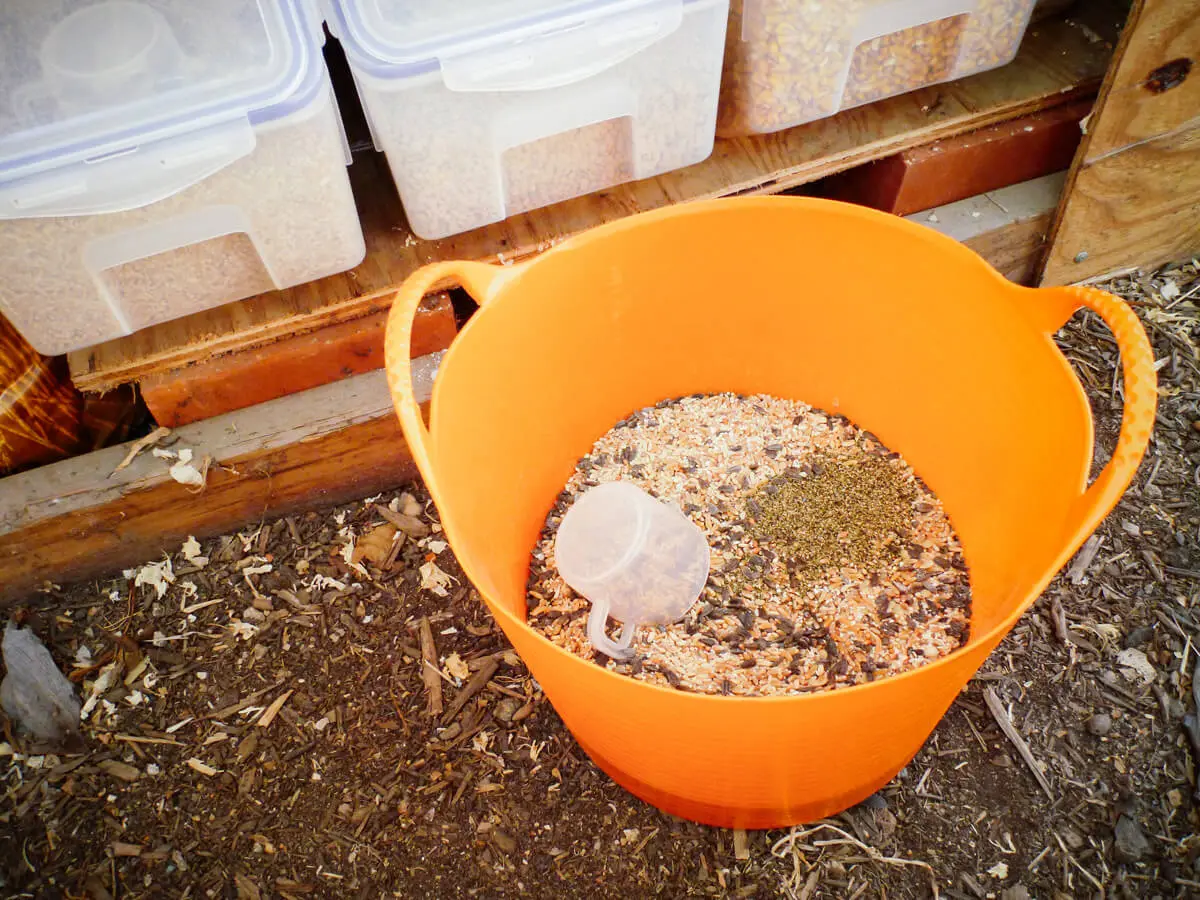
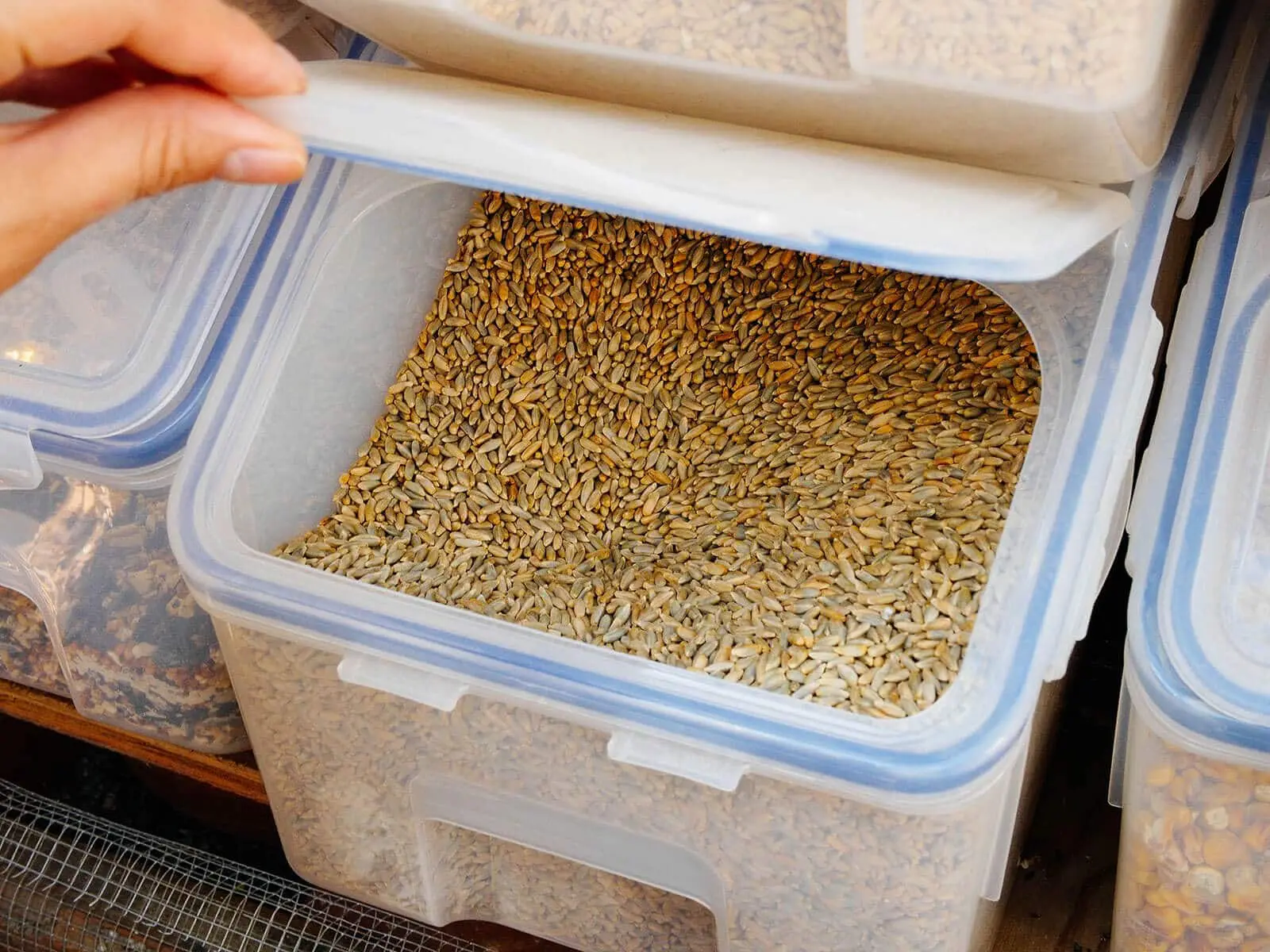
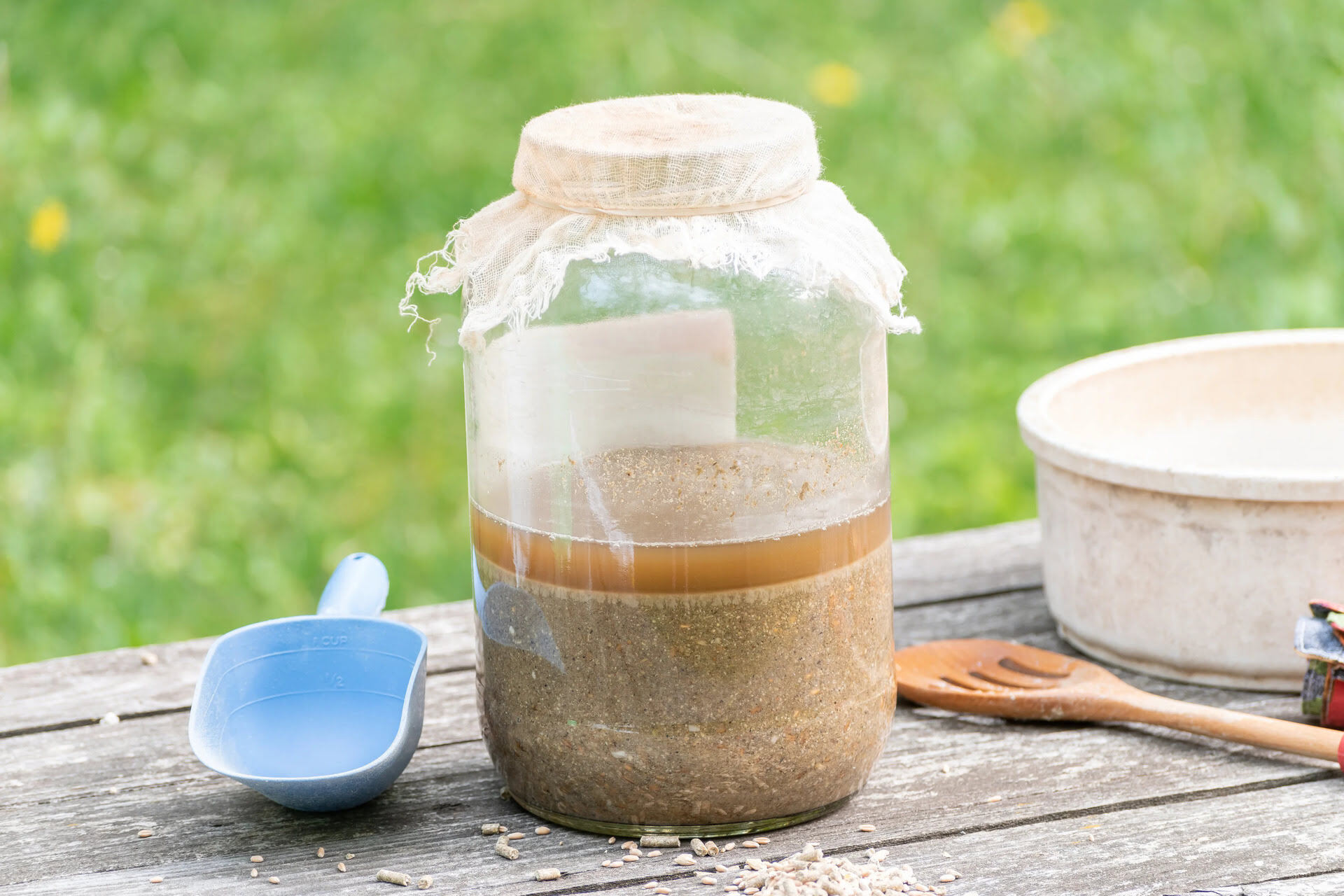
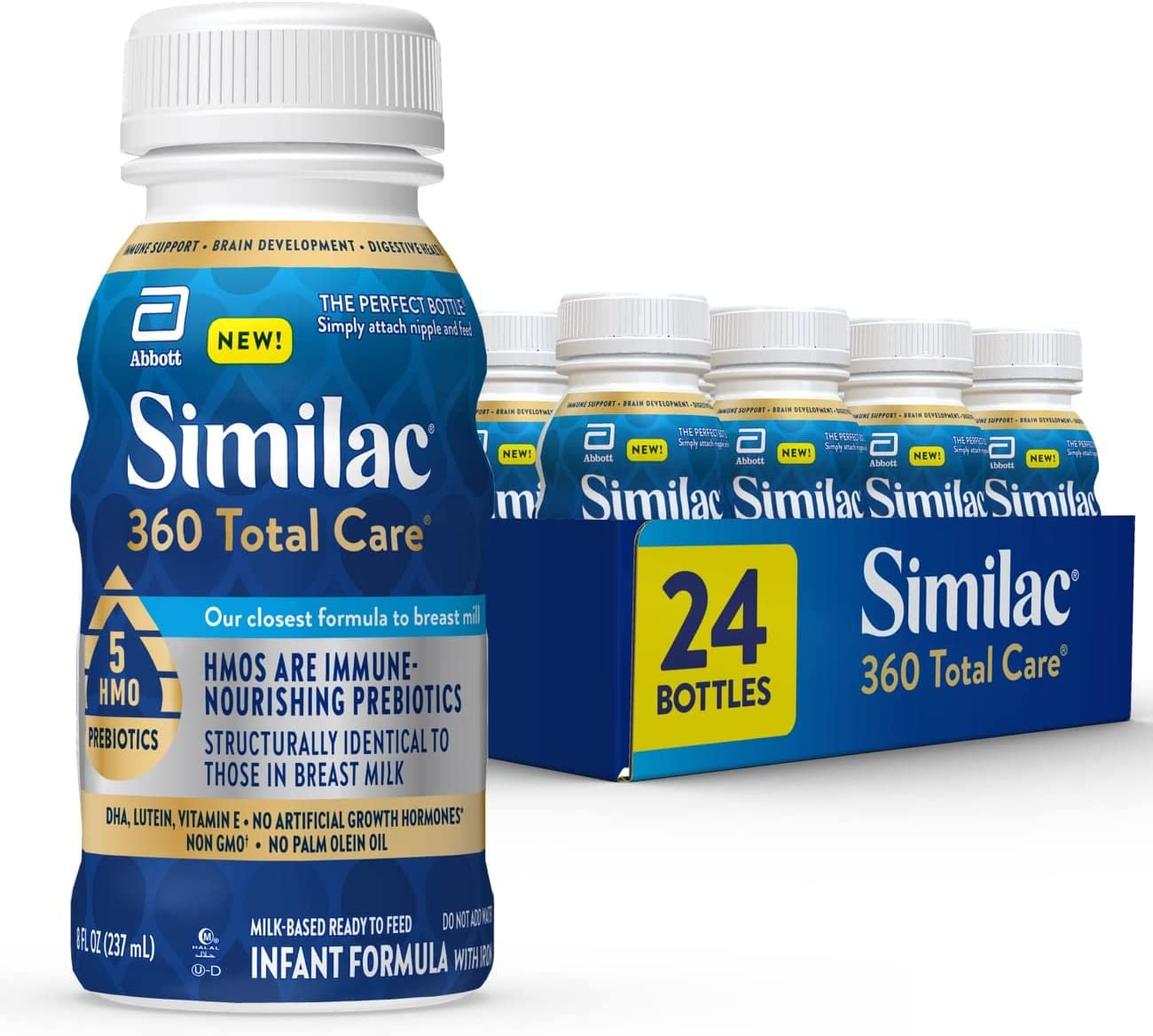
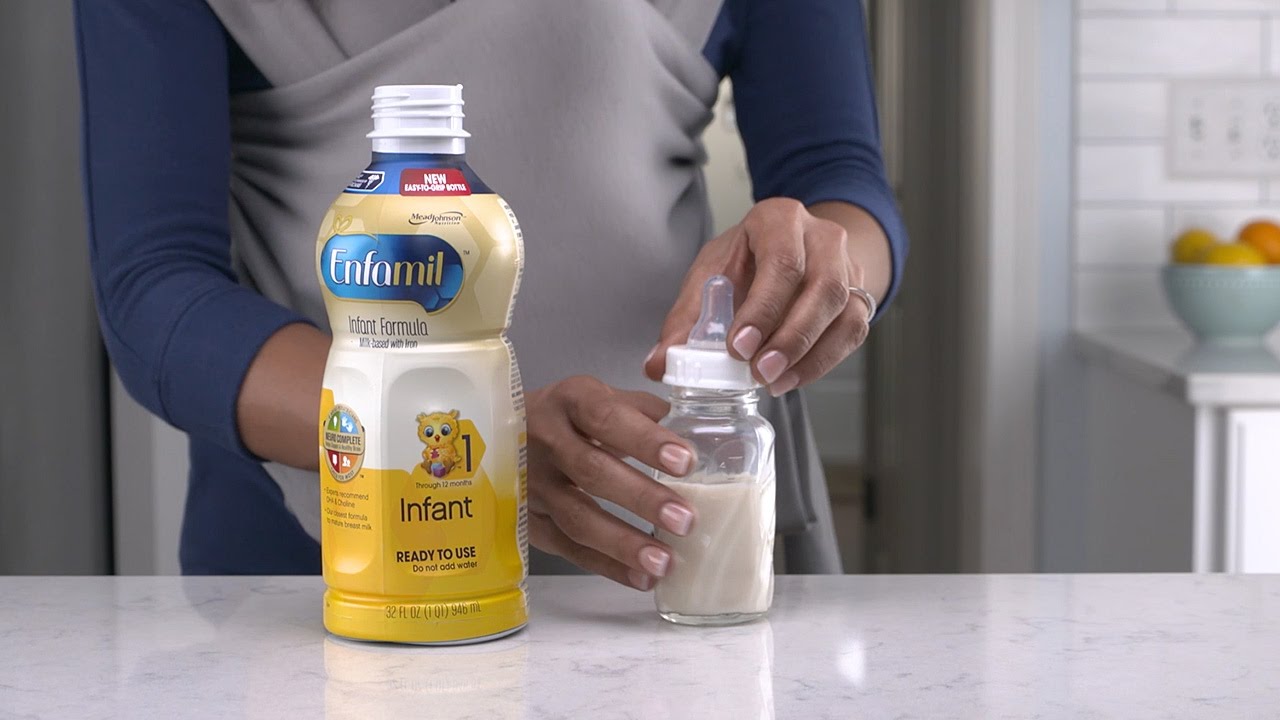
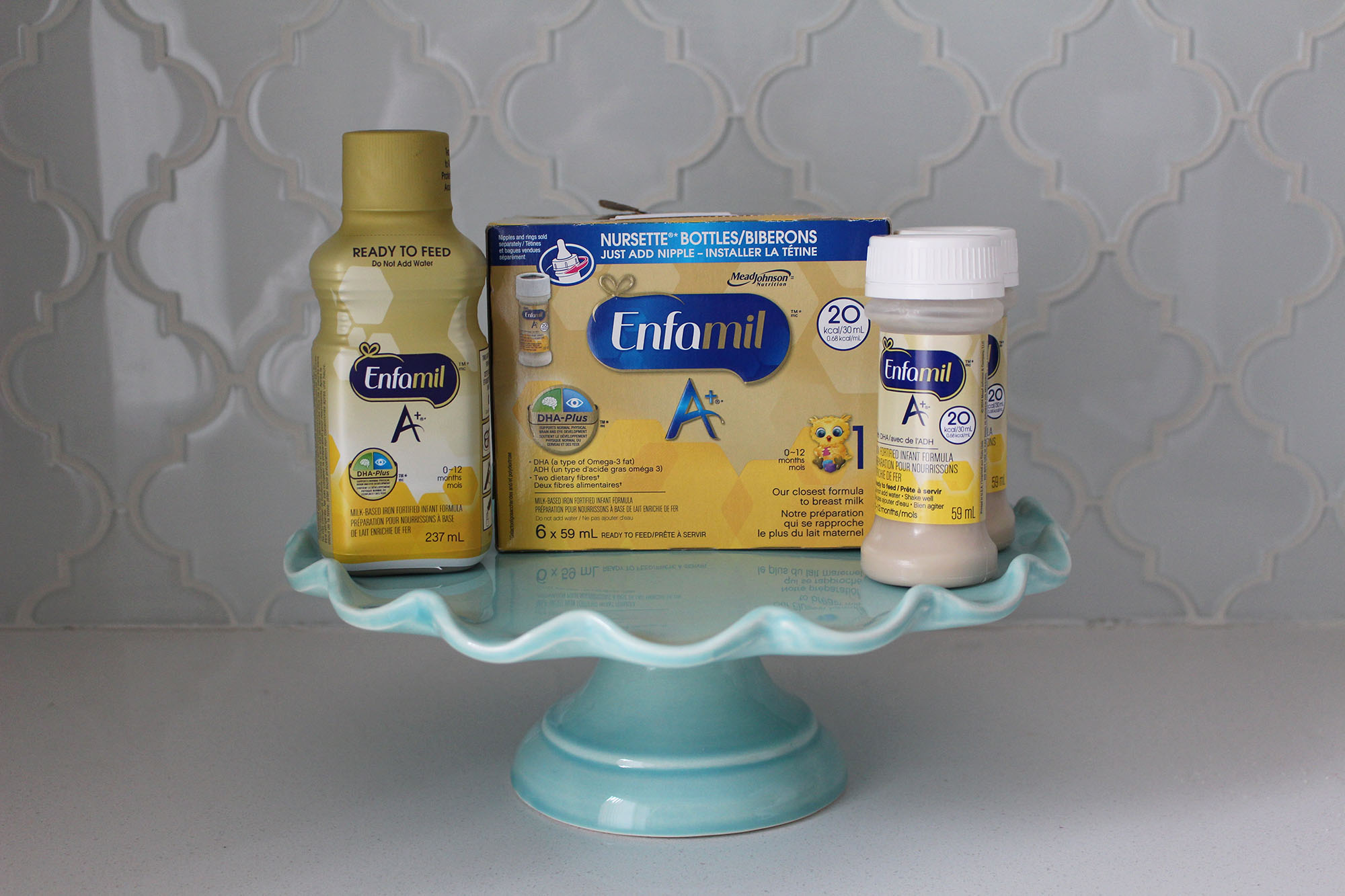
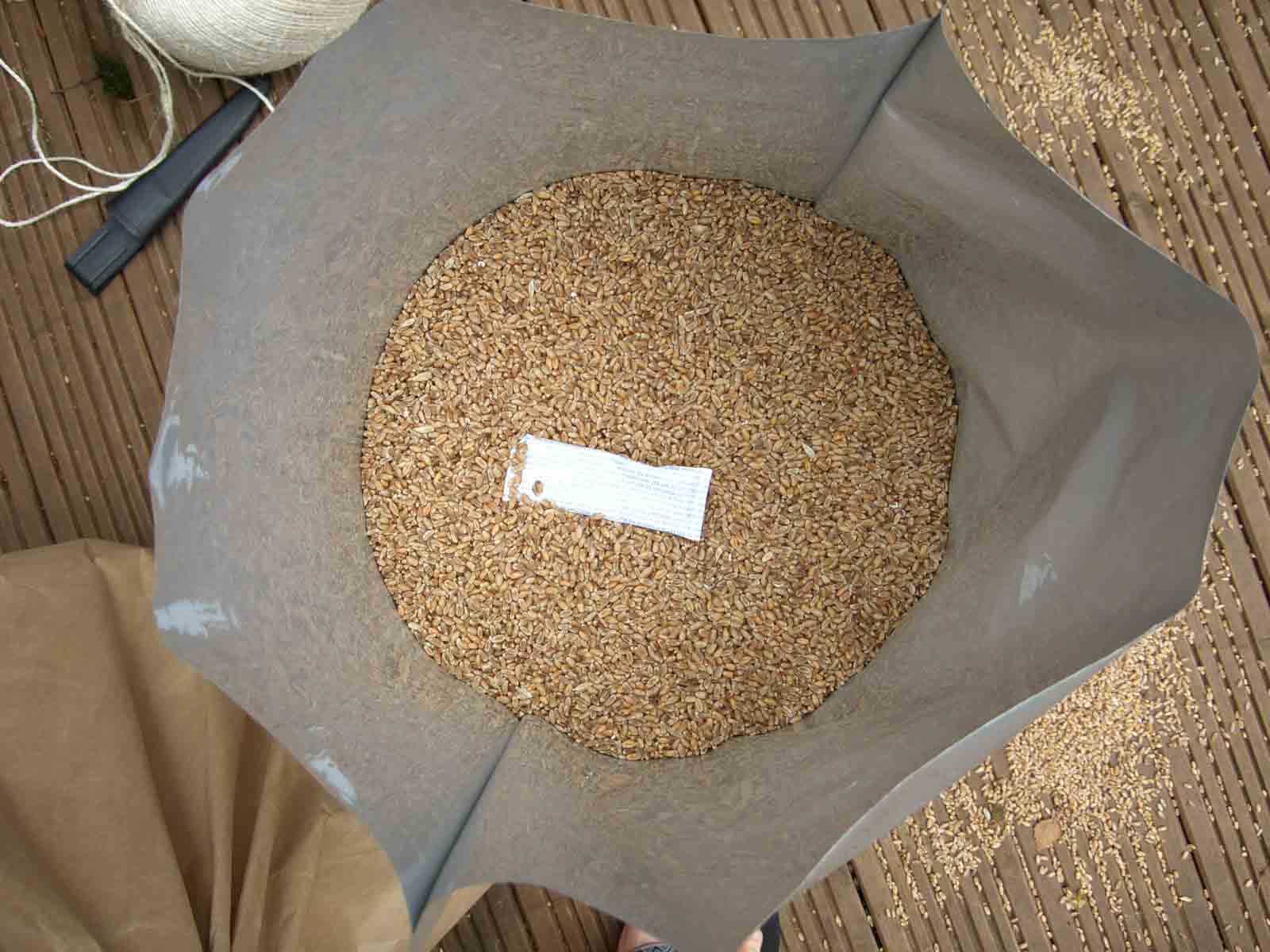
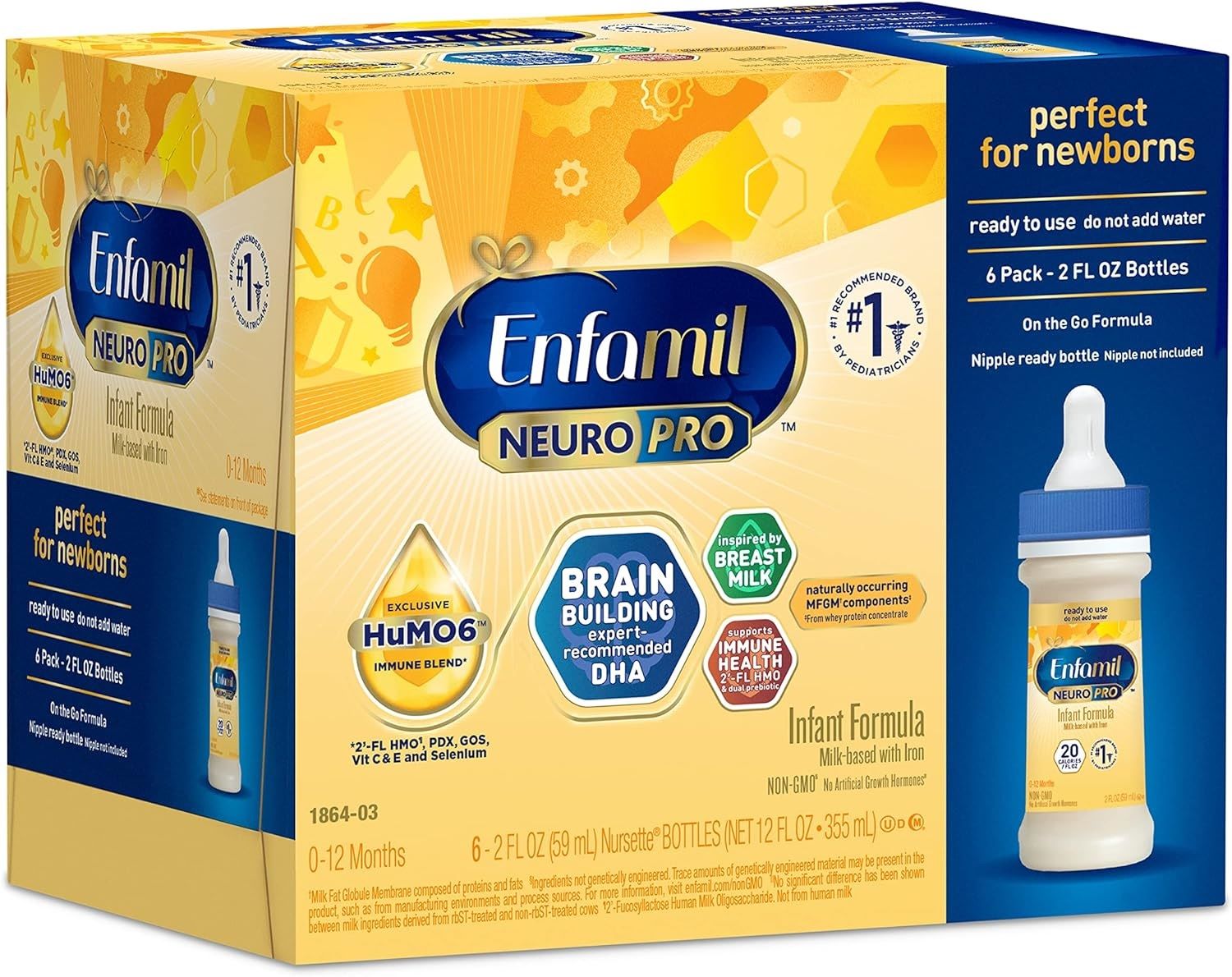
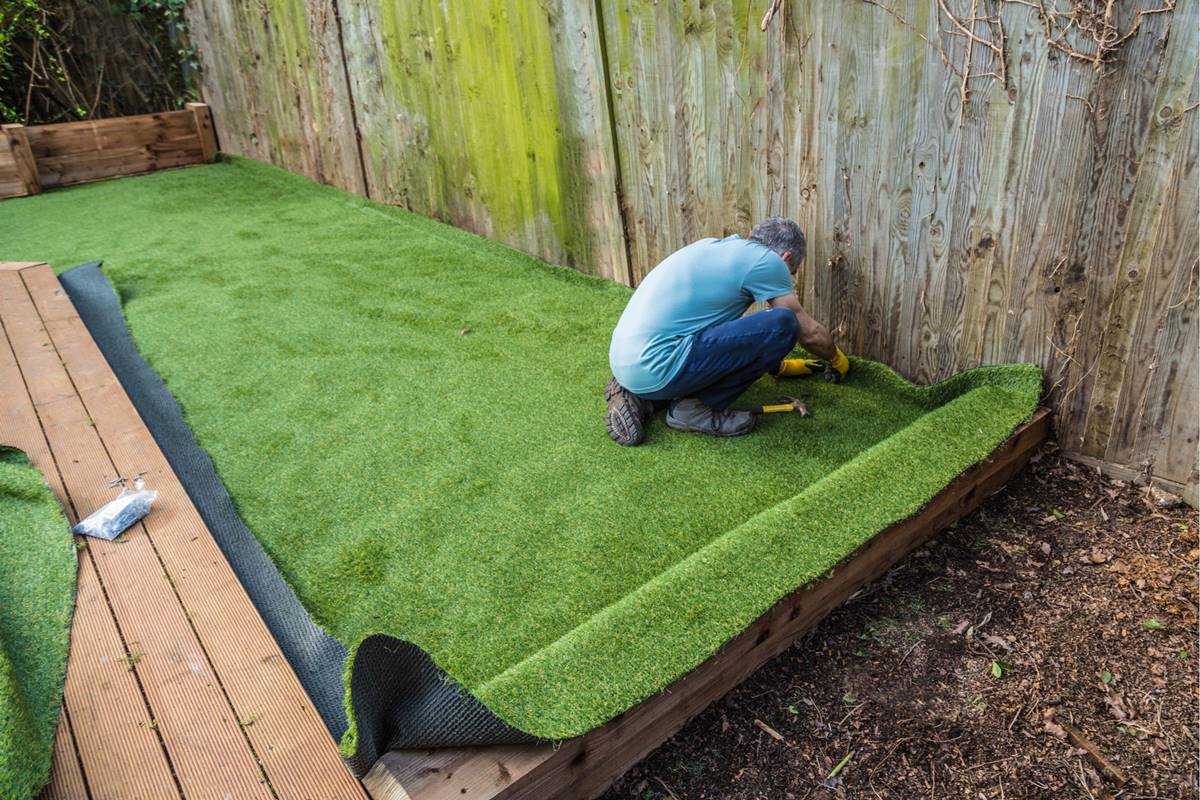
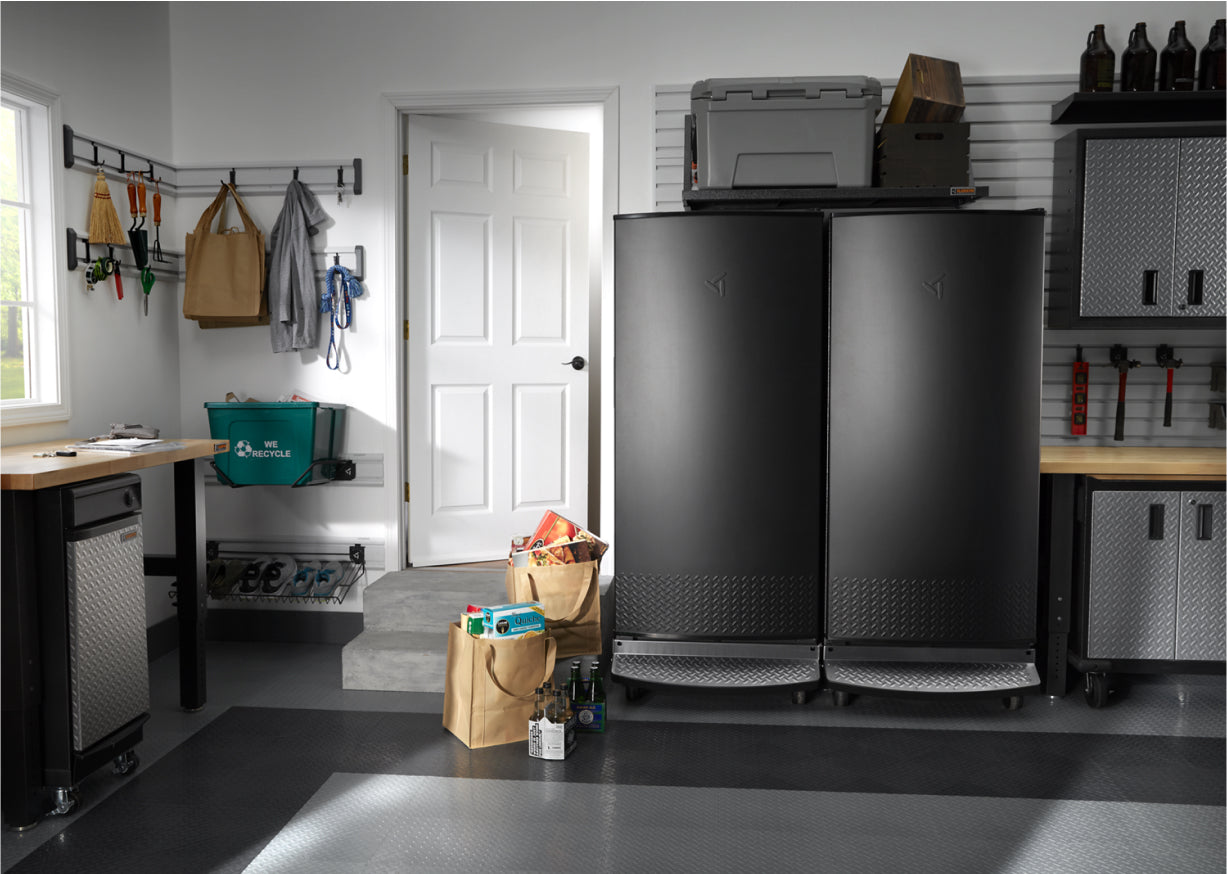
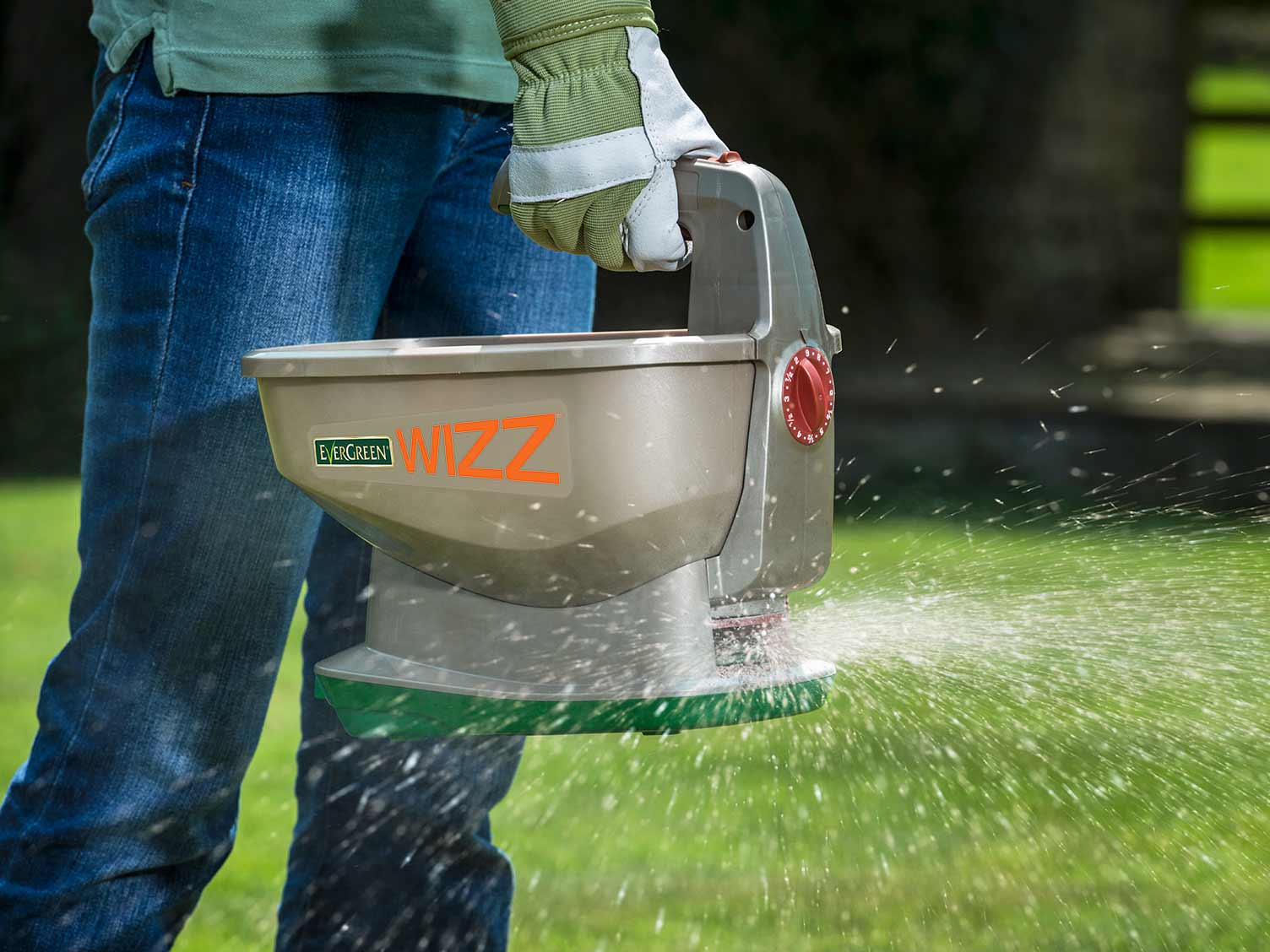
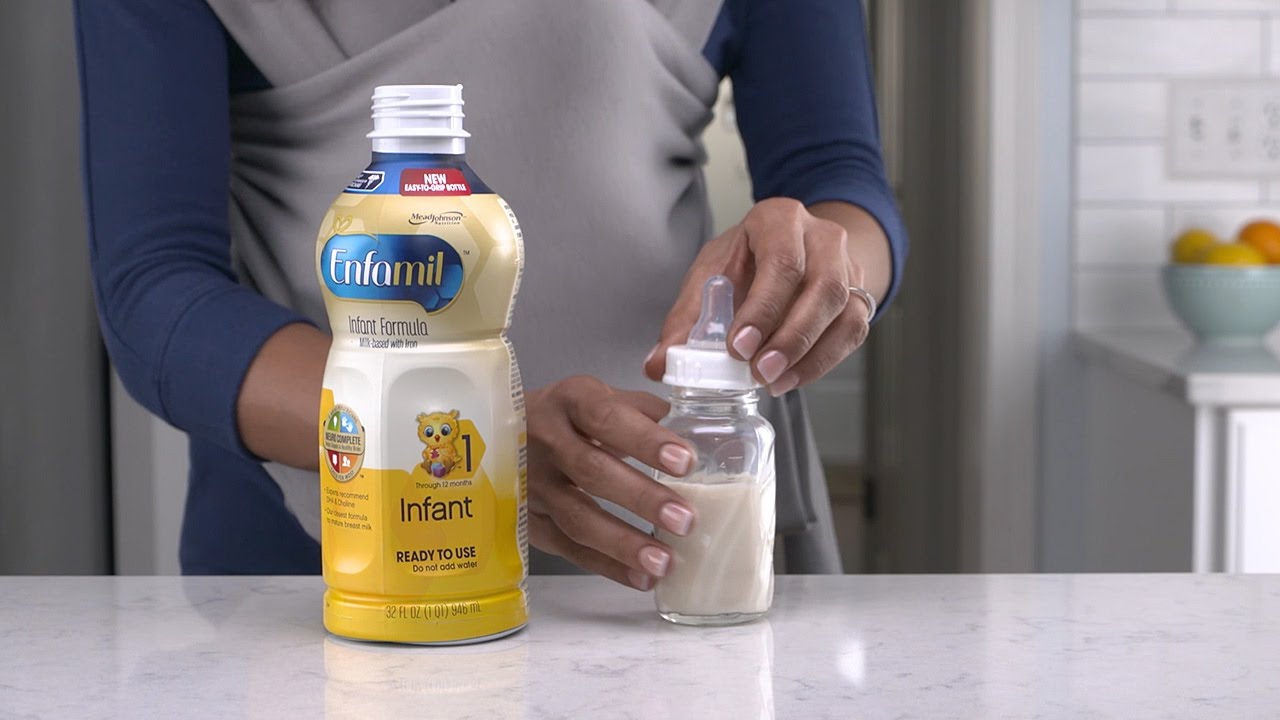
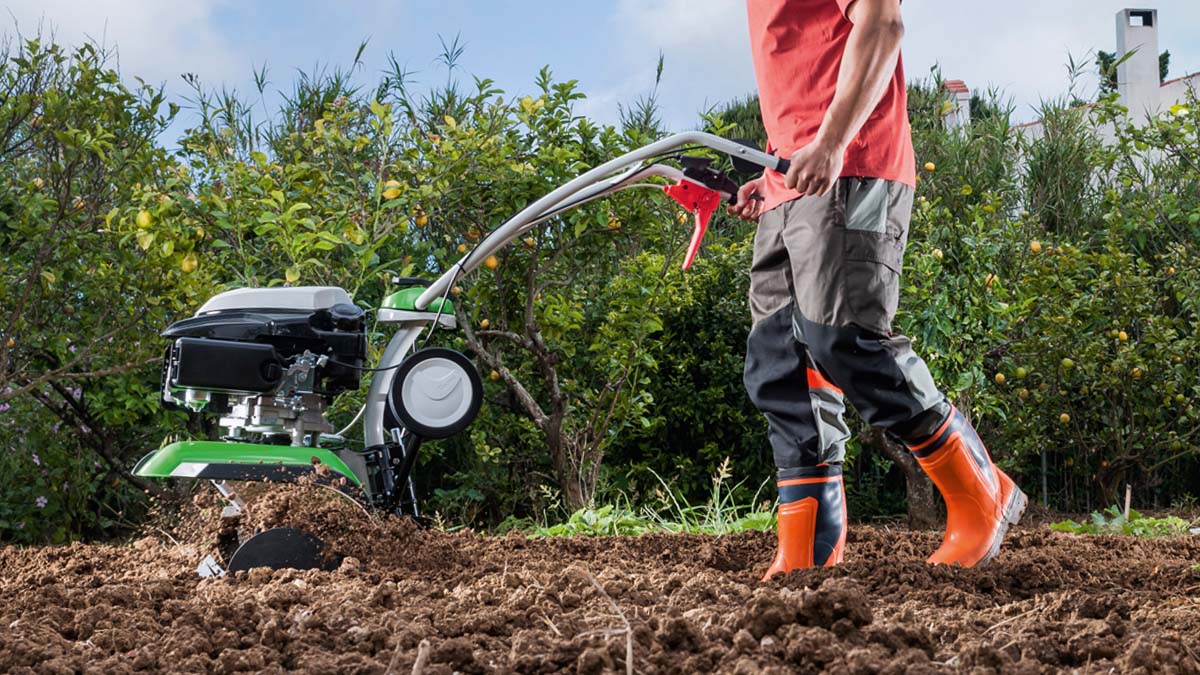

0 thoughts on “How To Store Similac Ready To Feed”